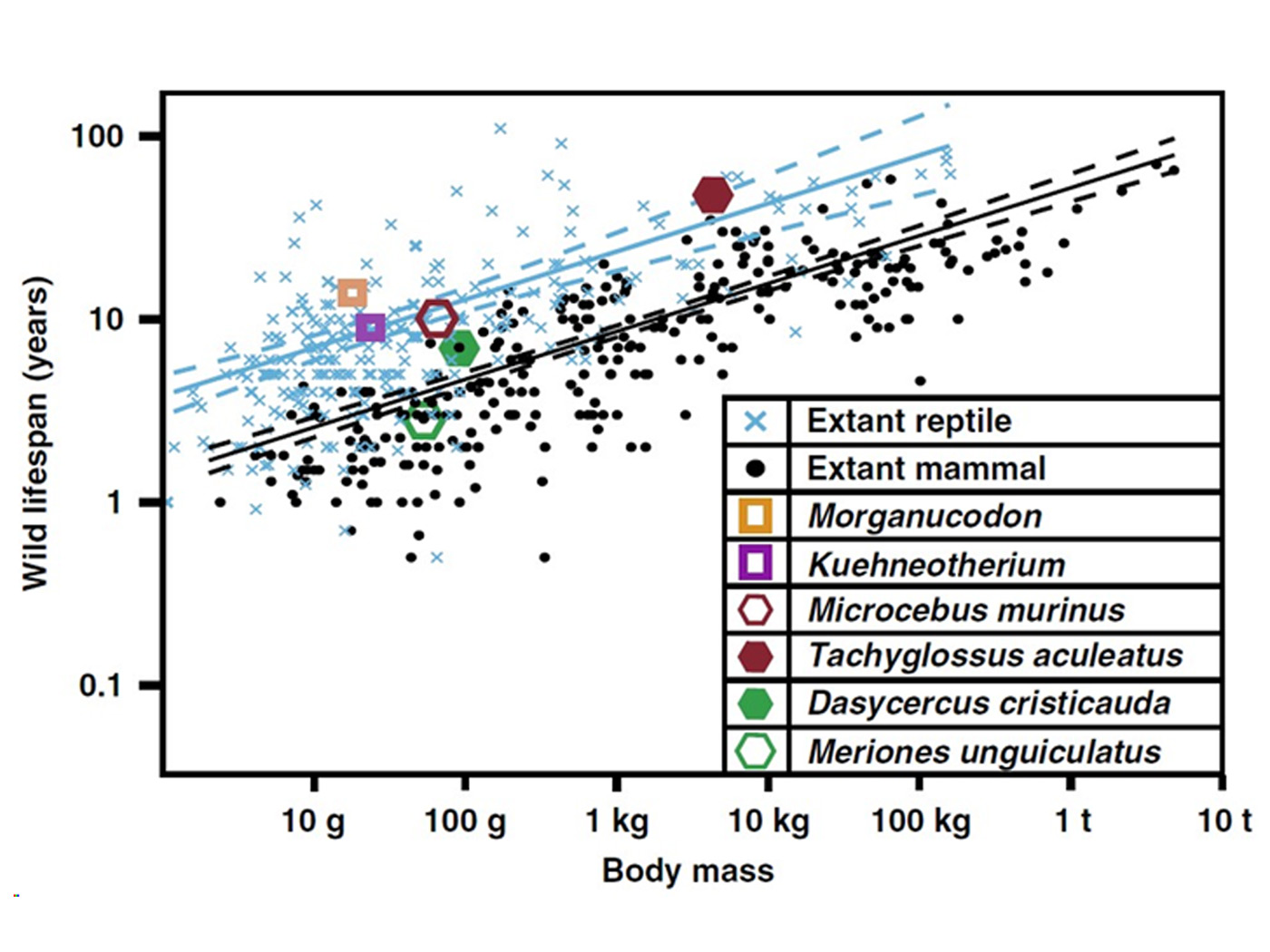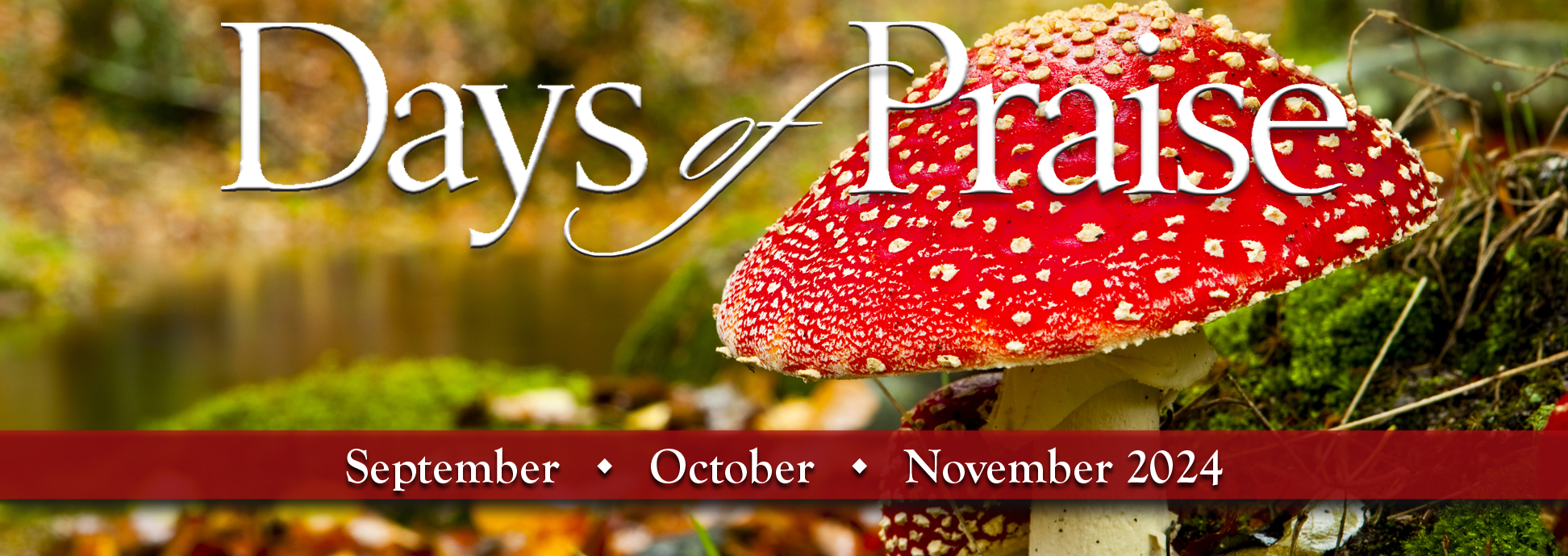RATE II: Radioisotopes and the Age of The Earth: Results of a Young-Earth Creationist Research Initiative, (Volume II), L. Vardiman et al., eds. (San Diego, CA: Institute for Creation Research and the Creation Research Society, 2005)
Abstract
It is axiomatic that a Biblical text cannot be properly interpreted unless its genre is known. This is particularly true for poetry vis-à-vis prose. The goal of this study was to determine the genre of Genesis 1:1–2:3 and to explore the hermeneutical implications of this finding. To accomplish this task it was necessary to develop a method to rigorously distinguish Biblical Hebrew poetry from narrative, in general. But the task was formidable, because Biblical authors left us no hermeneutical treatises, labeled their texts inconsistently (and these refer to content rather than form) and did not even have a word for poetry. Moreover, our best manuscripts attest a unique “brick-upon-brick” stichography only for old poetry. Perforce, Hebraists have turned to study the texts themselves to discover an objective and accurate method for distinguishing these genres. Subjective descriptions of each abound, but the nature of these genres is that the characteristics of each blur into the characteristics of the other: major features of one are not absent from the other. An alternative approach therefore was undertaken to address this problem: a statistical analysis of countable linguistic features. Two populations were identified using the descriptive methods well documented in the literature. A stratified random sample from each population was generated and the finite verb distribution for each was determined. Side-by-side scatter plots of the ratio of preterites to total finite verbs for each text in the narrative sample vis-à-vis those in the poetry sample revealed that this ratio varies with genre to the extent that it could have the inferential capacity to classify texts. To determine if this was the case, the null hypothesis H0, that a logistic regression model derived from the relative frequency of preterites observed in the joint-sample classifies texts according to genre no better than chance classification, was tested against the alternative hypothesis H1, that the model classifies texts better. This null hypothesis was rejected with p <.0001. In addition, the model was found to reduce the number of classification errors in the sample by more than 96% when compared to random classification. When extended to the population level, it was found that our logistic regression model based on relative frequency of preterites yields a superb protocol (between 85.5 and 95.5% reduction in the number of classification errors) for categorizing texts as narrative or poetry at a 95% confidence level. The logistic regression model calculates the probability that a text is a narrative. For Genesis 1:1–2:3, this probability is between 0.999942 and 0.999987 at a 99.5% confidence level. Thus, we conclude with statistical certainty that this text is narrative, not poetry. It is therefore statistically indefensible to argue that this text is poetry. The hermeneutical implication of this finding is that this text should be read as other historical narratives, whose authors evinced supererogatory concern with the past and staunchly upheld the historicity of their accounts even to the point of challenging their contemporaries to prove or disprove their documented historical references.
Keywords
biblical interpretation, statistics, Hebrew, RATE II
For Full Text
Please see the Download PDF link above for the entire article.













